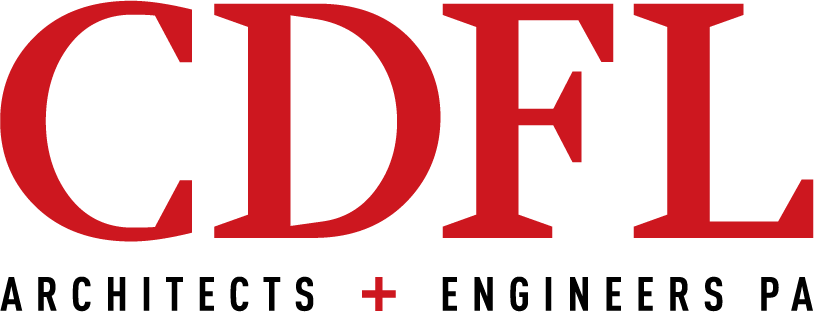MDOT’S LED Retrofit + Interstate Lighting
The Mississippi Department of Transportation (MDOT) has long understood the benefits of reducing energy costs by using technologically advanced lighting fixtures. Typically, interstate and state road intersection fixtures run 11-12 hours a day, dusk to dawn. Studies have shown that although traffic is reduced by almost 70% at night, more than half of all fatal accidents occur in the dark. Quality lighting at intersections that see traffic coming from opposing directions is necessary to reduce the potential for an accident. Normally, fixtures using an HID, high-intensity discharge, lamp source were used. These fixtures offered very good light output, reasonable color rendering, and long life – lasting upwards of 25,000 hours of operation before they failed. Unfortunately, these fixtures also consume a lot of energy, most of which is lost as heat. Additionally, at the end of life, these fixtures simply will not light. MDOT has wisely invested in an infrastructure of poles and lowering devices that are in good working order and can last for decades in the field. Reuse of this infrastructure is the most cost effective way to offset the initial investment in new lighting fixtures.
The fastest, most cost effective strategy for MDOT was to replace the existing HID fixtures on a one-to-one basis. This method includes using replacement fixtures that provide the same AASHTO and FHWA required lighting levels, in addition to using the same poles, wiring, and other infrastructure that are already in place. As a result, MDOT personnel could perform the replacements themselves, thereby saving the time and money associated with hiring an outside construction company. Two technologies have come to the forefront as the technology most suitable for one-to-one replacement applications. LED, or Light Emitting Diode, and LEP, or Light Emitting Plasma, fixtures have come a long way from their early days as a flashlight replacement to a technology that can outperform HID fixtures while using half the energy. The LED and LEP fixtures have failure rates measured from 70,000 to 100,000 hours of operation, with estimates of 25 years of useful life. Keep in mind that these numbers are called “L70” numbers. These numbers, referred to as “L70” numbers, indicate that the fixture will fall to 70% of its rated light output after this amount of time. It’s important to note that these fixtures won’t fail completely as their HID counterparts do, rather, they will simply be at 70% of their former output. This is very good news for fixtures located in remote areas far from easy maintenance.
CDFL was engaged to study the myriad of LED/LEP replacement options for HID fixtures which have recently become available. Our focus is on the state road (SR-304) that runs from Tunica County to the I-55 interchange in Desoto County, with a total of seven interchanges being studied. CDFL is providing a Life Cycle Cost (LCC) analysis to remove marketing data bias while vetting the analysis with a leading economist to understand the discount rates and projected inflation of energy rates, replacement and maintenance costs, and overall operating costs associated with staying with the existing technology verse replacement. Additionally, we are exploring options that would enable us to monitor the fixtures’ energy uses in real time in order to document the resultant energy savings. The results of the study will be presented to the district engineer of MDOT’s Northern District.

